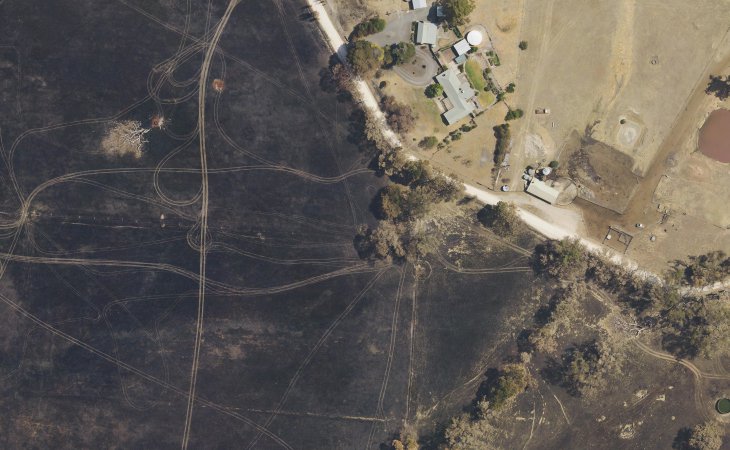When fast and reliable acquisition matters, you can rely on Aerometrex. We have performed many extremely time-sensitive projects during numerous environmental disasters over the past many years. Our data can help answer critical questions linked to environmental change and disaster management right from planning through to response & recovery.


The use of aerial photogrammetry surveys can play a major role across emergency management phases such as mitigation, preparedness, response and recovery. It can be used to assist risk reduction initiatives through identification of hazard zones associated with flood plains, coastal inundation and erosion, and bushfires. It can also be used to verify hazard and loss models by measuring the location and magnitude of actual events.
The effective use of accurate digital terrain models makes a significant difference in reducing the effect of floods. Orthophotography helps emergency services gain a clear knowledge of the before and after flood damage.
During bushfires, Emergency Services, State and Federal Governments need to access up to date spatial information such as current vegetation, slope, aspect, infrastructure, infrastructure location, evacuation routes, hazardous areas and locations of water sources. Most of this information can be extracted from photogrammetry with visible and near-infrared aerial ortho-photos and elevation data to serve as a base for GIS applications and decision making.


3D city models are very helpful in providing near realistic effects of any disaster. It can virtually simulate any disaster (fire, flood, etc.) with great precision and prepare authorities for any potential losses. This will help administrators to carefully plan management of rescue and resource mobilization.
Accurate 3D analysis of coastline, quantitative 3D change detection and volume analysis with multi-date captures, improves existing coastal management plans


LiDAR data can be used to assess areas at risk due to flooding along river systems. Simulation software can use this data to estimate flood water levels and determine infrastructure at high risk. By comparing regular, annual surveys, environmental scientists can build a model of the changing environment over time.
LiDAR surveys can also be used for coastal management, such as evaluating sand and cliff erosion, assessing sites subject to storm surge, construction of sea walls, monitoring mangroves and land use planning. Accurate ‘bare earth’ models created from LiDAR show the ground as it would appear with no vegetation and provide the ideal dataset to detect subtle changes in the ground surface.
LiDAR can be used for mapping features in dense forests that are difficult to navigate and detecting surface features indistinguishable from the air or on the ground. Raw LiDAR data provides the information required to locate houses at risk during bushfires and calculate fuel loads (vegetation density and height). This information can be used in fire behaviour models. LiDAR surveys provide opportunities for large, cost-effective surveys over bushland areas.


Use geospatial data to answer critical questions linked to environmental change and disaster management right from planning through to response & recovery.
Unlimited access to aerial imagery that is updated up to 4 times every year and data archives that allow you to virtually travel back in time to see how things have changed.